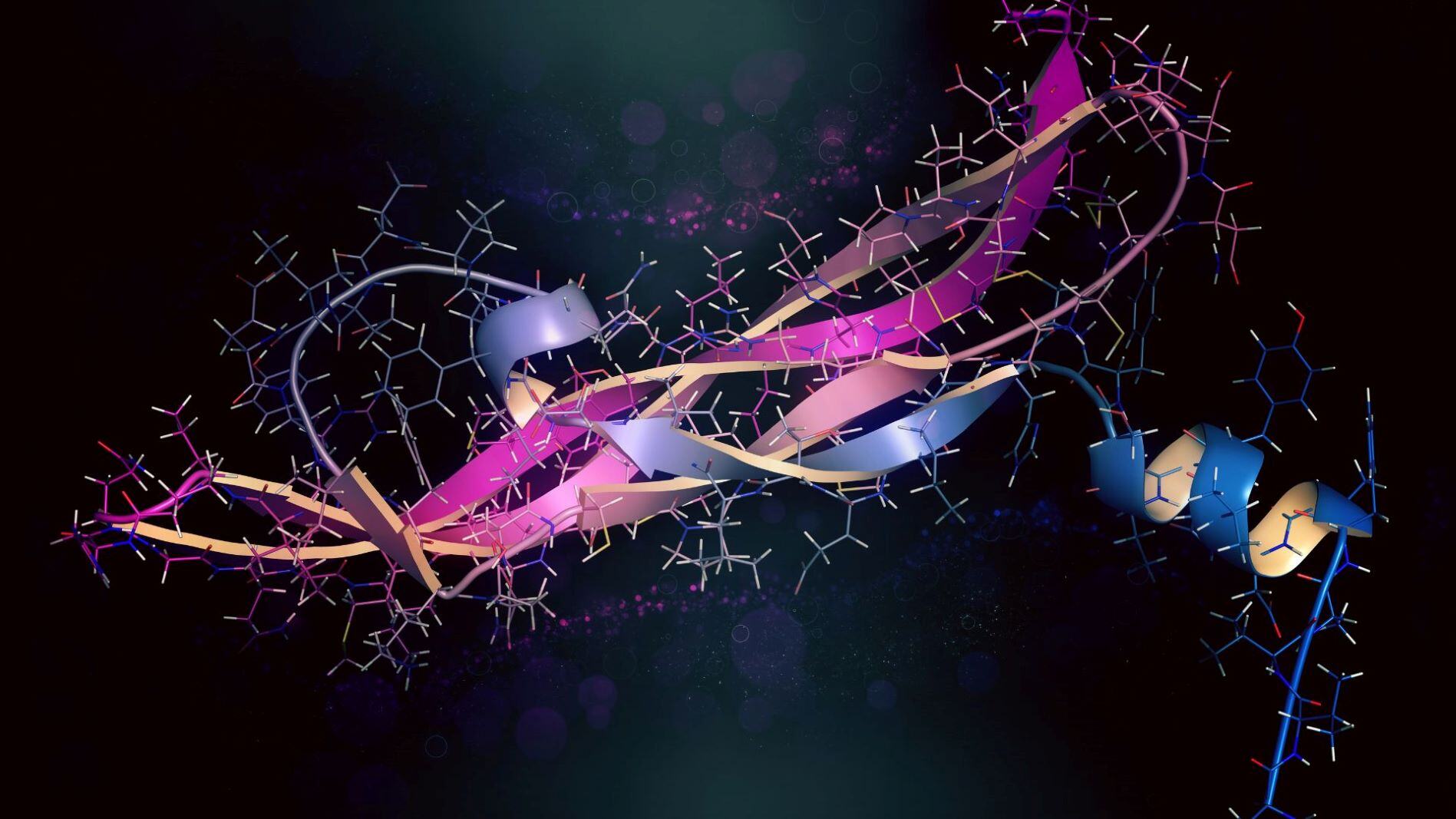Challenges and Opportunities in Targeted Protein Degradation: Current and Future Strategies

Targeted protein degradation (TPD) has emerged as a novel therapeutic modality that aims at eliminating pathogenic proteins rather than modulating their activity. As a novel modality, TPD holds a lot of promise and opportunities including the potential to target previously “undruggable” or difficult targets. However, introduction of any new modality also creates the need for new strategies and technologies, and TPD is no exception. Oxford Global was pleased to bring together three experts of the field to discuss the development and implementation of these new strategies, and the challenges that come along with that.
RELATED:
- Drugging the Undruggable: Targeted Protein Degradation
- Interview with Yusuke Tominari, Co founder and CEO of Fimecs
- Interview with Felix Hausch, Professor for Structure Based Drug Research at TU Darmstadt
Moderating the session at Discovery Europe 2023 was Anastasia Velentza, a Senior Director and Head of Discovery Technology at Plexium, who is responsible for overseeing her company’s assay development and screening efforts. Michael Plewe, Senior Vice President of Medicinal Chemistry, Cullgen, also joined the panel. He directs the discovery and development of novel degrader drugs. The final introduction from the panel was Matt Clifton, Head of Structural and Biophysical Chemistry at Novartis, whose efforts help drive the discovery of molecular glues and bifunctional degrader molecules.
Strategies for the Identification and Characterisation of Protein Degraders
Velentza first asked the panel to discuss their experience with identifying, and subsequently characterising, both bifunctional protein degraders and molecular glues.Plewe was first to recount his experience of using biophysical methods to evaluate degradation: “We tried to determine ternary complexes, binding affinities to the protein of interest, binding affinities to E3 ligases but in the end, we worked out that the fastest way to have high throughput is to just look for degradation.” He added that this was because there was an overabundance of variables in which ternary complex formulation doesn’t predict protein degradation.
Furthermore, there can be issues with permeability. Although bifunctional degraders may be active in forming a ternary complex, they may not be able to make it through the cell membrane and as a result may not work in the cell. “Those are the lessons that we’ve learned, we’ve invested a lot of money into multiple assays and now are using HiBit as our high-throughput assay to characterise degraders,” noted Plewe.
Clifton agreed with this sentiment, especially for the case of bifunctionals. “The rules that go into making a bifunctional are not exactly clear, you have to make a lot of them and then let the cell sort it out for you,” explained Clifton. In the search for signs of degradation, there are various tools that are available to researchers, such as electroporation.
As well as working on bifunctionals, Novartis spend a lot of time researching and developing molecular glues: “There, it is also a numbers game: you need to make a lot of compounds,” said Clifton. Primarily, his team look for recruitment in their molecule candidates: the ability to engage two targets and glue them together. From that point forward, focus switches to additional optimisation in order to make sure that the protein of interest actually gets degraded.
“At the end of the day, the cells are the easiest starting point,” Clifton summarised. He added: “And then everything else is on the table from there: biophysical, structural, things of that sort, to optimise and make a better degrader.”
Velentza added that this was the approach that her team use from the identification of a degrader. They use cell-based screening with immunofluorescence in cell lines that are relevant to disease and look at endogenous proteins in the presence of the relevant E3 ligases. From there they use other technologies for further characterisation of the compounds, such as looking at mechanisms of action, and ternary complex formation.
Optimisation Strategies for Lead Degraders
Once a lead has been found for a potential degrader, the next step is to optimise the candidate. Plewe commented that it may be easy to find degraders in cells but optimising them for oral bioavailability is a challenge that chemists spend most of their time working on. “Degraders are beyond – sometimes way beyond – the rule of five,” said Plewe. He continued: “It’s really hard to make these compounds soluble, permeable, and metabolically stable.”
The process of lead optimisation requires a lot of chemistry, but Plewe noted that he and his team had since learned some rules to bear in mind in this process. A small molecular weight, minimal number of rotatable bonds, and keeping the PSA and log P in the right range are among these rules. That said, Plewe also added that many optimisation techniques do not work: “In the beginning, we tried microsomes and hepatocytes for metabolic stability, but it didn’t predict in vivo metabolic stability. So in the end, every active compound that has an okay metabolic stability in an in vitro system, like microsomes or hepatocytes, is being tested in vivo right now in mice.”
One of the largest challenges for bifunctionals is the fact that they are far larger compounds than standard inhibitor compounds. Clifton said that due to this challenge, in his experience, chemists have had to “jump in with both feet and then once they got comfortable with the system, bring back some of the rules that they knew.” This process can often get overwhelming due to the vast number of options for POI binders, ligase binders, and linkers; Clifton said: “It helps to jump in with both feet and hope that you’ll get there.”
Of course, there is a lot of tweaking involved in the optimisation process when trying to engineer an orally bioavailable bifunctional degrader. The process is slightly simpler in the case of molecular glues, but according to Clifton, many of these glues have so far focused on CRBN as its target, so their issues are slightly different. Herein, issues with off-target toxicity are more of a problem. “Instead of worrying about getting it orally bioavailable because you generally have that pretty quickly, it’s actually more about dialling out off-targets.”
Conclusion
TPD, despite its challenges as a novel modality, has great potential to address targets in drug discovery some of which are well validated in disease but have been very difficult to target with conventional therapeutics. Researchers have found that focusing on cell-based screening and leveraging various technologies for further characterisation is an effective approach.
Additionally, optimising lead degraders for oral bioavailability poses significant challenges, but scientists have learned valuable rules to guide this process. Despite the complexities involved, TPD continues to be an exciting area of research and exploration. In the next few years, it will be exciting to watch the evolution of the field and the new molecules that enter the clinic.
Join and network with over 250 industry leaders at Discovery US, where we will address the latest advancements in target identification, validation and HIT optimisation.







